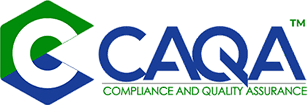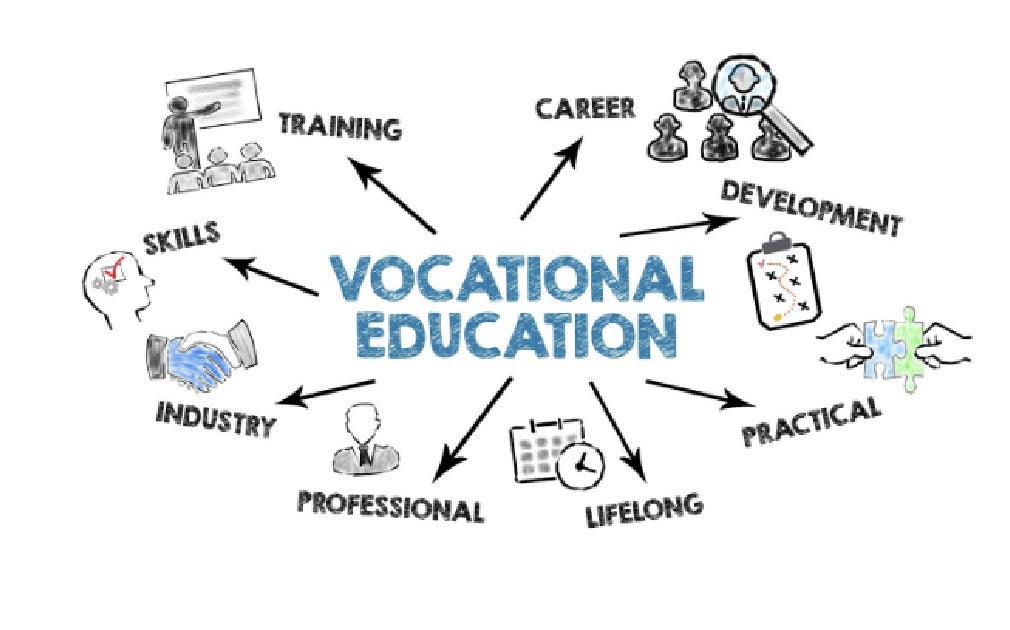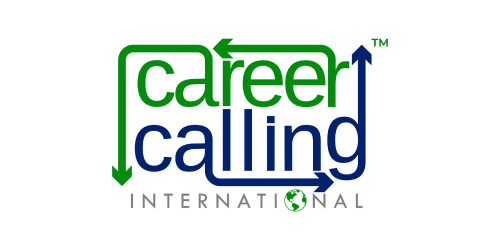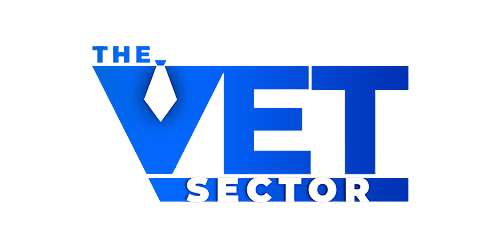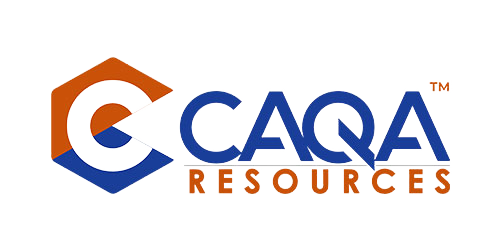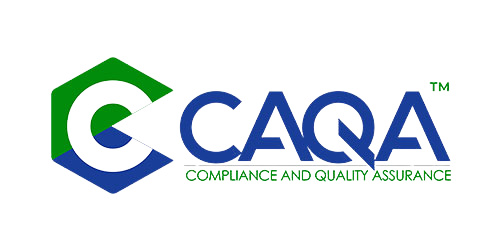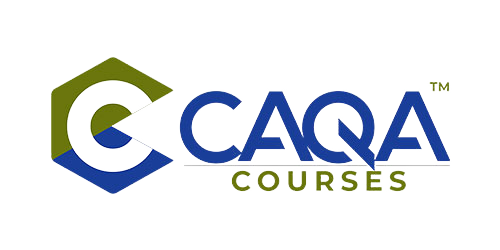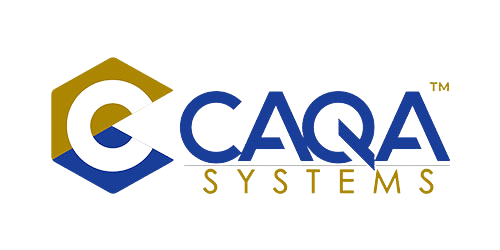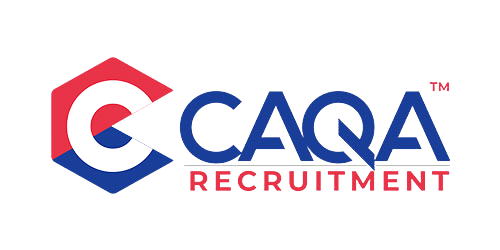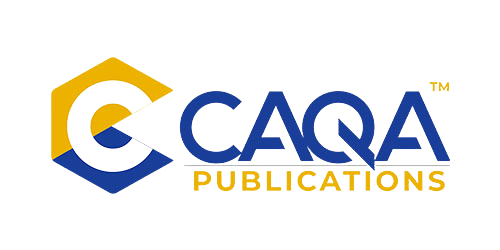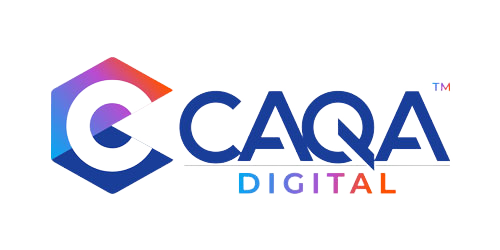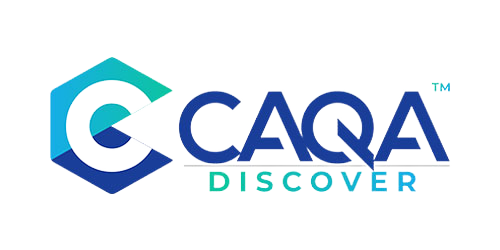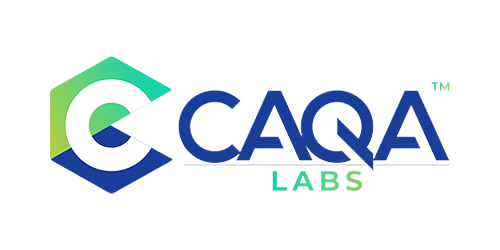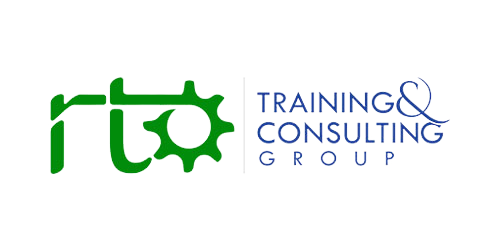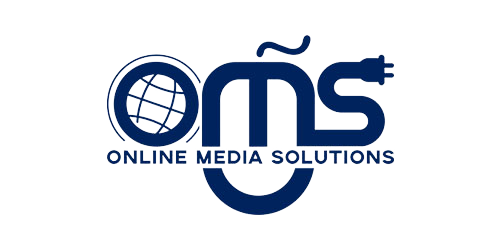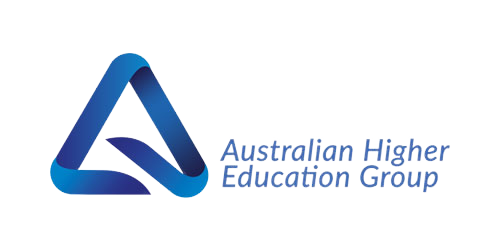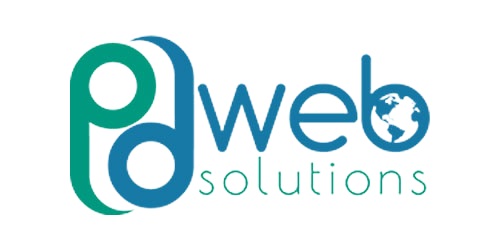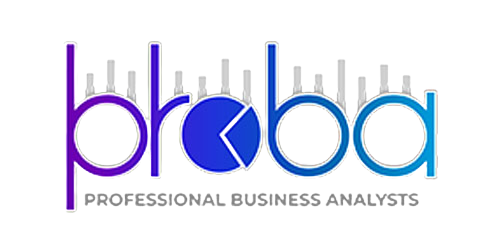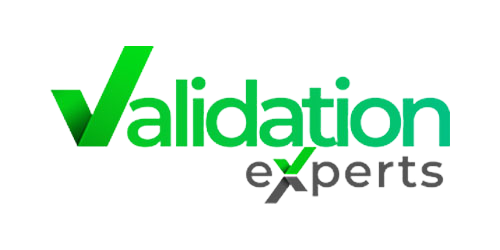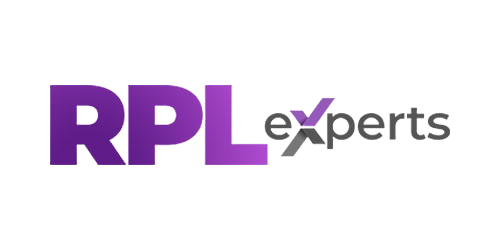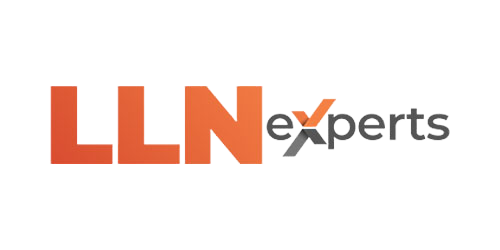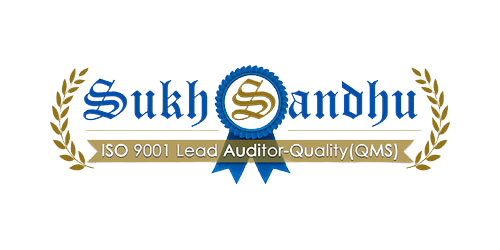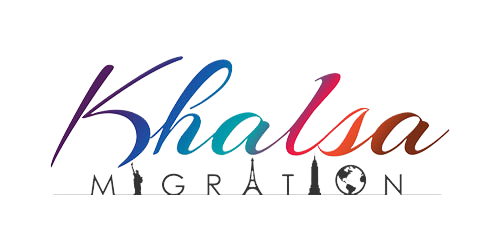In Australia’s Vocational Education and Training (VET) sector, audit transparency is more than a buzzword – it is a cornerstone of restoring and maintaining trust. The Australian Skills Quality Authority (ASQA), as the national VET regulator, conducts audits of Registered Training Organisations (RTOs) to ensure they meet required standards. Making the outcomes of these audits public yields significant benefits for all stakeholders. Transparent audit reporting in the VET sector enables students, employers, and the community to see independent assessments of training providers, thereby enhancing accountability and confidence in VET qualifications. This push for openness aligns with broader governance principles: just as government audits promote trust in public institutions, transparent ASQA audits can bolster faith in the integrity of vocational education. The rationale is clear – when audit findings are disclosed, there is less room for poor practices to hide, and a stronger foundation for quality and ethical conduct across the sector.
Strengthening Accountability and Governance in VET
Public disclosure of audit reports compels higher standards of accountability among training providers and the regulator alike. When RTO audit results are open to scrutiny, providers know they cannot easily obscure non-compliance, operational deficiencies, or areas requiring improvement. This external visibility creates a powerful incentive for RTOs to address issues promptly and thoroughly, rather than sweeping problems under the rug. ASQA’s mandate supports this: under recent legislative provisions, ASQA may release certain audit information to the public if doing so would inform a person’s choice of provider, encourage quality improvement, or foster compliance with the VET Quality Framework. In practice, this means that if an audit uncovers serious shortcomings – say, substandard assessment practices or inadequate student support – those findings can be published to alert students and encourage the provider to rectify issues. Such transparency ensures decision-makers and training executives are held to a higher standard, knowing their actions and any remediation efforts may be scrutinised by not only regulators but also clients, industry partners, and the public. The net effect is better governance: providers are motivated to internalise compliance as a continuous responsibility, and ASQA itself remains accountable for enforcing standards fairly and openly.
Moreover, audit transparency extends accountability to the regulators. ASQA’s own operations are subject to oversight through public audits, as demonstrated when the Auditor-General conducted an independent performance audit of ASQA and tabled the report in Parliament. The findings and recommendations from that audit prompted ASQA to strengthen its regulatory practices and address any identified gaps. This exemplifies a full circle of accountability – the regulator enforces compliance on RTOs, and in turn, the regulator’s effectiveness is reviewed publicly, ensuring no one is above scrutiny. In a sector that has faced past criticisms over regulatory opacity, these measures significantly boost confidence that governance is transparent at all levels.
Enhancing Public Trust in Qualifications and Providers
The ultimate beneficiaries of audit transparency are the students and employers who rely on VET qualifications. When audit reports are accessible, stakeholders can be reassured that providers operate with integrity and that any problems are being addressed promptly. Public trust in the VET sector has been shaken in years past by instances of sub-par training or even fraudulent practices by a minority of providers. Shining a light on audit outcomes is a direct way to rebuild that trust. For example, if a training college repeatedly falls short of standards in its assessments or teaching resources, a published audit report will bring those issues to light. Students and employers can then trust that qualifications from that RTO may not hold the expected value unless improvements are made, or they can pressure the provider (and ASQA) to take corrective action. Conversely, when an audit finds an RTO fully compliant and performing well, making that report public validates the provider’s quality, giving prospective students and industry partners greater confidence in choosing that institution.
Transparency also fosters a culture of honesty and pride within providers. Staff and management are more likely to take ownership of compliance and quality if they know their efforts – or lapses – will be visible. Rather than perceiving audits as a punitive exercise, many RTOs come to see them as an opportunity to demonstrate their commitment to excellence. Over time, this openness translates into positive reputational gains for institutions that consistently meet standards, and it signals to the public that the VET sector is serious about quality. Trust built through such transparency can yield tangible benefits: increased student enrolments at reputable colleges, stronger employer partnerships, and greater support from government funding bodies, all because stakeholders can verify an organisation’s integrity and performance through its audit record. In short, public audit disclosure acts as a trust-building mechanism, crucial for a sector whose credibility rests on the recognised value of its qualifications.
Supporting Informed Decision-Making for Students and Stakeholders
A transparent audit regime empowers informed choices in the marketplace of education and training. Prospective students, parents, and employers can review audit outcomes to guide their selection of training providers. Much like consumers reading independent reviews before purchasing a product, learners can use audit reports to compare RTOs on dimensions of quality and compliance. For instance, an audit might reveal that Provider A has outstanding industry engagement and robust assessment methods, whereas Provider B has several compliance deficiencies (perhaps in trainer credentials or assessment integrity). If these findings are public, a student can factor them into their decision – potentially avoiding enrolment with a substandard provider and choosing a stronger one that aligns with their expectations for quality. In a sector with hundreds of RTOs, such information is invaluable for cutting through marketing spin and identifying providers that truly deliver on their promises.
Beyond students, other stakeholders like industry partners, government agencies, and investors also rely on audit transparency to make evidence-based decisions. Employers considering partnerships or apprenticeship programs with an RTO will want assurance that the training meets required standards – a public audit report can provide that validation or flag concerns. State and federal funding bodies, which provide subsidies or loans (such as VET Student Loans), can use audit outcomes to ensure public funds go to providers with sound compliance histories. Indeed, the proper stewardship of public money in training is bolstered when audit results are open; it reduces the risk of funding being misused by institutions with undisclosed problems. Investors or owners in the private RTO market similarly assess risk and reputation: an institution with multiple audit failings may be a risky venture, whereas consistent clean audits indicate a stable, well-governed operation. In these ways, transparent audits create an information-rich environment where decisions – whether by students picking a course or officials allocating funding – are guided by facts and independent evaluations, not just marketing or blind trust.
Driving Compliance and Raising Quality Standards
Public audit reporting doesn’t just reflect the state of quality in VET; it actively drives improvement and higher standards across the board. When RTOs know that their compliance (or non-compliance) will be visible outside their own boardroom, there is a strong incentive to maintain robust internal controls and invest in quality systems continuously. The publication of audit outcomes acts as a deterrent against poor practices or ethical lapses – no college wants to be highlighted for substandard training delivery or non-compliance in front of its peers and clientele. This “sunlight effect” can raise the performance of the entire sector, as providers strive not just to pass audits quietly, but to excel in them, knowing results might become public knowledge. In effect, transparency sets a benchmark: RTOs aim to appear compliant and high-performing in the public eye, which in turn elevates overall training quality and student experience.
The compliance data in recent years underscores why this upward pressure is needed. According to ASQA’s own reports, only about 65% of RTOs met all compliance requirements in their initial audits for 2023–24, a drop from 77% the previous year. This means a considerable portion of providers were found non-compliant at first pass, necessitating rectifications or sanctions. Publishing such audit findings (with appropriate context) shines a light on recurrent problem areas – for example, perhaps many RTOs struggle with proper assessment validation or trainer qualifications. With transparency, these common compliance gaps become widely known, prompting collective efforts to address them. Industry associations, consultants, and the regulator can target support and resources to help RTOs improve in those specific areas. Additionally, RTOs with weaker compliance records may emulate better-performing peers once they see what “good” looks like through published audits. In essence, transparent audits create a feedback loop for quality improvement: they not only catch issues but also encourage all providers to learn and do better, thereby continuously raising the bar on standards in vocational training.
Importantly, transparency also reinforces a compliance-minded culture within each organisation. When everyone from the CEO to frontline trainers knows that an audit’s outcome will be public, compliance is no longer viewed as a box-ticking exercise to get through an inspection. Instead, it becomes a shared priority and a point of pride. Staff are more likely to engage in ongoing self-audits, professional development, and ethical practices if they understand that any lapse could be made public and harm the organisation’s reputation. Over time, this cultivates a proactive compliance culture – one where issues are identified and fixed internally on a rolling basis, rather than waiting for an external audit to catch them. Thus, public audit disclosure doesn’t just enforce compliance from the outside; it nurtures an internal ethos of quality assurance and integrity.
Detecting Misconduct and Protecting Students
Another critical benefit of making VET audit reports public is the early detection and deterrence of fraud or mismanagement. The VET sector, unfortunately, has seen instances of misconduct in the past – such as providers enrolling students in unsuitable courses to claim government funding, or issuing qualifications without proper training. Transparent audit outcomes can act as an early warning system. If an audit uncovers fraudulent activity or systemic misuse of funds, a published report ensures that news reaches not only enforcement agencies and policymakers, but also students and employers who might be affected. This wide awareness means corrective action can be taken sooner: regulators can intervene, students can withdraw or seek transfers, and industry can avoid partnerships with rogue providers. In essence, transparency makes it far more difficult for bad actors to operate in the shadows, as patterns of malpractice will be visible for all to see and respond to.
Moreover, public audit information empowers external watchdogs and the community to assist in upholding standards. Journalists, education advocates, and competitor RTOs all scour public data; if they notice worrying signs – say multiple providers failing compliance in the same area or one college repeatedly flagged for issues – they can apply pressure and demand answers. Whistleblowers inside institutions may also feel more confident coming forward when they know that audit findings will not be buried. They can point to documented issues in an audit report to validate their concerns about wrongdoing. This environment, created by transparency, thus supports a virtuous cycle: fraud and mismanagement are more likely to be exposed and addressed, which ultimately safeguards students from substandard or unethical education practices. Students invest significant time and money in their training; public audits are an added layer of protection, ensuring those investments aren’t squandered by undetected institutional failings.
Sector-Wide Learning and Benchmarking Through Openness
Transparency in audit reporting has a ripple effect that extends beyond individual providers – it encourages sector-wide learning and the sharing of best practices. When detailed audit findings are available (appropriately anonymised where necessary), training providers can benchmark themselves against others. For example, an audit report might praise an RTO for its innovative approach to apprentice supervision or its strong industry consultation processes. Other RTOs reading this can learn and possibly adopt similar approaches to improve their own services. Conversely, if common pitfalls are noted – such as inadequate assessment tools or poor record-keeping – the entire sector is alerted and can work collaboratively to find solutions, perhaps through professional development workshops or updated guidelines from ASQA.
Industry regulators in other education sectors have long recognised this benefit: transparency leads to a form of healthy competition, where no provider wants to lag behind its peers in compliance or quality metrics. Public audit results essentially create a scoreboard (though not a simplistic one) that motivates continuous improvement. In the VET context, this could mean higher overall student satisfaction and better learning outcomes nationally, as providers iteratively learn from each audit cycle. Additionally, publishing audits contributes to research and policy development. Educational researchers and policymakers can analyse audit data to identify systemic issues – for instance, if many RTOs struggle with meeting certain Standards for RTOs, perhaps those standards need clarifications or the sector needs more training in that area. Without transparency, such insights remain locked away. With it, evidence-based reforms can be crafted to address the root causes of non-compliance. Thus, the entire vocational training ecosystem becomes more adaptive and innovative, driven by the open exchange of compliance information.
Promoting Financial Integrity and Public Accountability
The VET sector is not only about education – it also involves substantial financial flows, including government-funded training programs, student loan schemes, and tuition fees. Public audit reports play a key role in ensuring financial responsibility and accountability in how these funds are managed. In the public sector, auditors’ reports have historically been used to safeguard taxpayer money by highlighting inefficiencies or waste. The same principle applies in VET: when an RTO is audited, the report often examines financial practices (for example, proper use of government grants or whether student fee refunds are handled correctly). By releasing these findings, stakeholders can be confident that money intended for training is used for that purpose and not diverted or mismanaged. It encourages RTOs to plan budgets carefully and maintain transparent financial records, knowing that any lapse (like misallocation of funding or inadequate student support despite funding) could be publicly exposed.
From ASQA’s perspective, transparency in audits also means the regulator must explain its own use of enforcement powers and resources. If dozens of audits are being done annually (as is the case), publishing summary results and outcomes ensures ASQA is accountable for the public mandate it carries – to weed out poor quality and uphold standards. The community and government can see the return on investment in ASQA’s activities: how many non-compliant providers were identified and either corrected or removed from the system. For instance, ASQA’s annual performance data might report how many audits were completed each year and how many resulted in sanctions or improvements. Publicising this demonstrates that regulatory oversight is not just happening behind closed doors but is delivering tangible improvements in exchange for public funding of the regulator. In essence, audit transparency helps justify and reinforce the integrity of public expenditure in the VET sector, from the institutional level up to the regulatory oversight level.
Engaging Stakeholders and Community through Openness
Transparent audit reporting inherently strengthens stakeholder engagement in the VET sector. When reports are publicly available, students and employers become active participants in the quality assurance process. For example, a community group interested in local training outcomes can review audit findings of the region’s RTOs and provide feedback or raise concerns with authorities if needed. Likewise, students who read an audit report showing areas for improvement at their college might ask the administration what is being done to fix those issues – effectively creating a dialogue based on factual evidence. This open channel of information helps shift the power dynamic: rather than being passive recipients of whatever quality of training is delivered, stakeholders gain a voice. They can make complaints or suggestions referencing specific audit findings, which anchors the conversation in concrete data rather than anecdote. Such informed feedback can lead to positive changes, as providers address not just the regulator’s recommendations but also the community’s expectations.
Policy advocacy and sector reform are also bolstered by audit transparency. If certain systemic issues keep appearing in audit reports, stakeholders – be it student representative bodies, employer groups, or education researchers – can lobby for changes in policy or standards to address those issues. For instance, if numerous audits reveal that smaller RTOs struggle with compliance due to limited resources, stakeholders might push for mentoring programs or regulatory adjustments for small providers. None of this would be apparent without access to the audit information. In making audits public, ASQA effectively invites the broader community to be a partner in oversight and improvement. This shared responsibility can increase trust: people feel the system is not a closed loop but responsive to input and vigilance from all corners. Ultimately, engaged stakeholders lead to a more responsive VET sector that can adapt to societal needs and expectations while maintaining high standards.
Aligning with Regulatory Reforms and Expectations
The trend toward audit transparency in the VET sector is not happening in isolation – it aligns with legal and regulatory developments aimed at greater openness. Recognising the value of transparency, amendments to the National Vocational Education and Training Regulator Act 2011 were introduced to formalise audit reporting practices. ASQA is now required to prepare an audit report for every audit conducted, and rules are being established to govern the format and potential publication of these reports. This means transparency is being written into the DNA of the regulatory framework. While the precise “audit report rules” are subject to ongoing consultation, the intent is clear: key findings from audits should not be kept secret when disclosure would benefit the public interest. In fact, ASQA’s own guidelines acknowledge that publishing certain information is warranted when it helps inform student choices or improve training quality, which is a direct reflection of that legislative intent.
Importantly, aligning with these expectations also involves balancing transparency with fairness. Regulators and lawmakers have noted that care must be taken in how audit results are released to avoid unintended harm. For example, an audit is a snapshot in time; a provider might swiftly fix issues identified, so any published report should ideally note the provider’s response or subsequent compliance status. There is also recognition that if an audit report were published before a provider had the chance to respond or appeal a regulatory decision, it could cause undue reputational damage. Hence, the emerging approach is to implement transparency alongside safeguards – such as publishing summaries or final outcomes (after any rectification period) rather than raw preliminary findings. This is consistent with broader public-sector audit practices, where reports are often tabled in Parliament or on official websites once finalised, giving the audited entity an opportunity to include their corrective action plans in the public documentation. By adhering to these principles, the VET sector can meet legal transparency obligations while ensuring that disclosures remain fair, accurate, and contextualised. This balanced transparency fulfils the public’s right to know and drives improvement without compromising due process for providers.
Building a Culture of Integrity and Continuous Improvement
When audit transparency becomes standard practice, it can fundamentally reshape the culture of the VET sector for the better. Instead of compliance being seen as a forced requirement checked only during audits, it evolves into a continuous ethic of integrity that is woven into daily operations. Regular public disclosure of audit outcomes ensures that any issues are addressed promptly and not hidden, sending a message to all staff that quality and honesty are non-negotiable priorities. Over time, this nurtures an environment where educators and administrators feel a duty to uphold standards even when no one is watching, because ultimately, someone will be watching when the audit report is published. In such a culture, whistleblowers and conscientious employees are more likely to be heard and heeded internally, since leadership knows minor issues can become public embarrassment if left to fester.
Moreover, transparency encourages leaders to model good governance. RTO executives who embrace open reporting of both successes and shortcomings set a tone of integrity from the top. This can improve staff morale and commitment; employees prefer to work for institutions known for honesty and quality, and students prefer to enrol in them. There is also a recruitment and retention aspect: ethical educators and managers are drawn to organisations that are transparent and accountable, as it reflects their personal values. All these factors contribute to building a resilient compliance culture – one that can withstand pressures (financial, competitive, or otherwise) to cut corners, because transparency acts as a constant reminder of the institution’s public obligations. In the long run, this culture of continuous improvement and openness becomes a self-reinforcing asset. Providers that genuinely commit to it will not only have smoother audits but will also deliver higher-quality training, thus achieving the core mission of vocational education: to equip students with trustworthy skills and credentials for the real world.
Balancing Transparency with Confidentiality: Key Considerations
While the case for public audit reports in the VET sector is compelling, it is important to acknowledge and manage the limitations. Not all audit information can or should be released without filters. Training organisations handle sensitive data – from student records to commercial training materials – and audit reports might contain details that raise privacy or intellectual property concerns. Therefore, a balance must be struck where reports are edited to protect individual identities (students or staff) and remove any security-sensitive details. ASQA and policymakers have noted the need for clear guidelines on this front, ensuring transparency does not inadvertently breach confidentiality or defame a provider unfairly. Typically, this means publishing the substance of findings and required improvements rather than every raw document reviewed in an audit.
Another consideration is the potential for misinterpretation by the general public. Audit terminology or the significance of certain findings might not be readily understood by those outside the compliance profession. A report might list several “non-compliances,” but not all findings carry equal weight – some could be administrative oversights, others more critical issues. Without proper context, readers might overestimate the severity of a minor issue or underestimate a major one. To mitigate this, supporting education and clear communication around audit reports is essential. ASQA and training bodies can provide plain-language summaries alongside reports, explaining what the findings mean and how the provider is addressing them. This helps the public and media interpret the information responsibly and reduces the risk of sensationalising normal audit outcomes. Additionally, timing and process matter: ensuring that providers have had the chance to undertake corrective actions (and that those actions are noted) will present a fairer picture to the public. By taking these precautions – protecting sensitive information, providing context, and timing disclosures appropriately – the VET sector can reap the full benefits of audit transparency while minimising any negative side effects.
A Transparent Path to Quality and Trust
In conclusion, audit transparency within the Australian VET sector, under ASQA’s guidance, is a powerful catalyst for positive change. The benefits are multifaceted – from enhanced accountability of both providers and the regulator, to renewed public trust in vocational qualifications, to more informed choices for students and employers. It drives a virtuous cycle where providers are motivated to maintain high standards, knowing their performance will be visible, and where stakeholders actively engage in monitoring and supporting quality education. The sector-wide improvements that stem from shared knowledge of audit outcomes can lift the overall calibre of training and ensure that Australia’s VET system delivers on its promise of skill development with integrity. As regulatory frameworks evolve to embed transparency (with appropriate safeguards for fairness and privacy), those organisations that embrace openness will distinguish themselves as leaders in ethical practice and educational excellence. The vision is a VET sector where nothing important happens behind closed doors – where successes are celebrated publicly, shortcomings are openly addressed, and the collective confidence in vocational education is stronger than ever. By making audit reports public, the VET sector in Australia positions itself for greater integrity, effectiveness, and trust – outcomes that ultimately benefit everyone from individual learners to the national economy.
